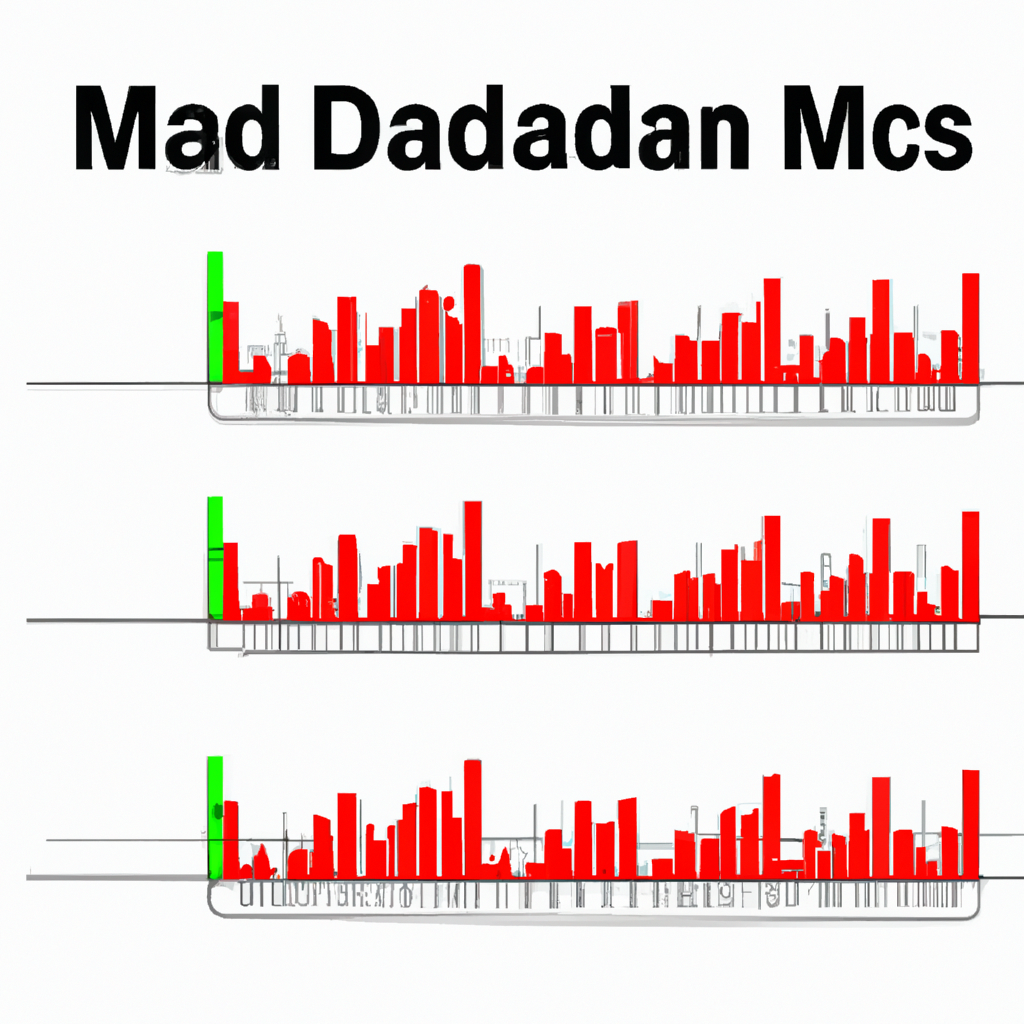
Unlocking the Power of MACD Indicator Signals for Trading Success
Understanding MACD Indicator Signals
The Moving Average Convergence Divergence (MACD) indicator is a popular tool used by traders to identify potential trends in the market. It consists of two lines – the MACD line and the signal line – as well as a histogram that shows the difference between the two lines. Understanding the signals generated by the MACD indicator can help traders make informed decisions when buying or selling securities.
1. MACD Line Crossing Signal Line
One of the most common signals generated by the MACD indicator is when the MACD line crosses above or below the signal line. When the MACD line crosses above the signal line, it is considered a bullish signal, indicating that the trend is likely to move higher. Conversely, when the MACD line crosses below the signal line, it is considered a bearish signal, indicating that the trend is likely to move lower.
2. Divergence Signal
Another signal that traders look for with the MACD indicator is divergence between the MACD line and the price of the security. Divergence occurs when the price of the security is moving in the opposite direction of the MACD line. For example, if the price of the security is making higher highs while the MACD line is making lower highs, it could be a sign that the trend is weakening and a reversal may be imminent.
3. Histogram Crosses Zero Line
The histogram on the MACD indicator shows the difference between the MACD line and the signal line. When the histogram crosses above the zero line, it is considered a bullish signal, indicating that the momentum is shifting to the upside. Conversely, when the histogram crosses below the zero line, it is considered a bearish signal, indicating that the momentum is shifting to the downside.
4. Signal Line Crossovers
In addition to the MACD line crossing the signal line, traders also pay attention to crossovers of the signal line itself. When the signal line crosses above the zero line, it is considered a bullish signal. Conversely, when the signal line crosses below the zero line, it is considered a bearish signal.
Conclusion
The MACD indicator is a powerful tool that can help traders identify potential trends in the market. By understanding the signals generated by the MACD indicator, traders can make more informed decisions when buying or selling securities. It is important to remember that no indicator is foolproof, and it is always recommended to use the MACD in conjunction with other technical analysis tools to confirm signals and minimize risk.